Wildlife photography is the act of taking photographs of wildlife. It is regarded as one of the more challenging forms of photography. Aside from photography skills and knowledge, the photographer also needs to learn well regarding the animal’s behaviour. This is to protect himself and the animals as well. One may also need stalking skills so that he can follow the subject without being noticed. A wildlife photographer has to be extra careful and would see to it that he will not frighten the animals for it might harm him and the animals as well.
Before, it was really impossible to get photos of wildlife animals due to the challenges that one may face. But these days, it is a lot easier to do that, although most of the challenges are still there. Nevertheless, one can already take wildlife pictures with the use of modern day cameras. So, to help you with your wildlife photography, we have here some tips that you can bear in mind.
1.Use a long lens to fill the frame.
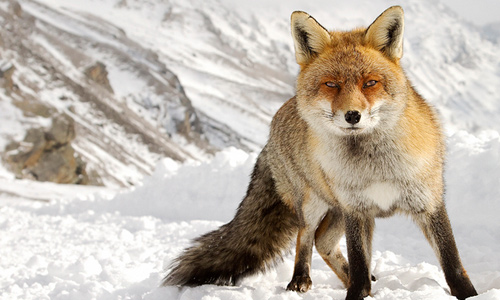
Image: Carlo Alberto conti
It would not be advisable to go close to wild animals when taking a picture. It might be dangerous for you and it will also disturb the animals. Hence, use long lens or a telephoto to get a good image even if you are from the subject. Use a lens with good light-gathering ability or with wide aperture. Using a long lens can also help you to fill the frame with elements that can make your picture look good.
2. Be prepared.

Image: Marko Junttila
If you are planning to have wildlife photography, you should have good preparation. You should have known where to take a picture and which areas you can spot these animals. You also have to bring less photography stuff so that you can go wherever you want without hassle. Wear the proper attire and be prepared for possible rain or too much sunlight. It would also be better if you bring with you spare memory cards, maps and a first aid kit.
3. Sharpen your photography skills.
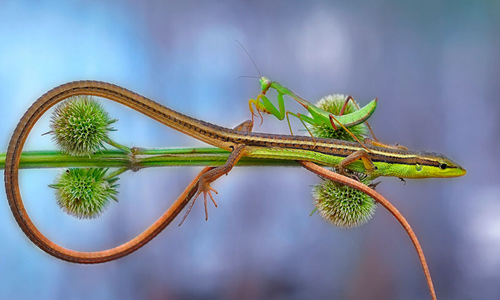
Image: Made Saputra VI
It would not be easy to pictures of wild animals. Hence, before you try to do this, you should have sharpened your photography skills already. Practice your skills on other animals so that you will know what you should do. You can also read some articles about how to take pictures of animals so that it can guide you. It might also be a challenge for you to take pictures of those who are in a body of water or in dark areas. You should have practiced your skill well to take a good photo.
4. Know your subject.
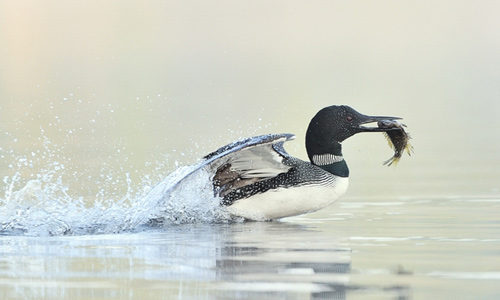
Image: Lise De Serres
It is significant to know the behaviour of your subject. Read about it or speak with other wildlife photographers or to hunters. This can guide you for the entire process and would even allow you to get a good shot. Know if the animal hates being disturbed, afraid of light and others. Having enough knowledge regarding the animals would let you know when to take the picture and how to do it.
5. Capture movements.

Image: Matej Vranic
You can start wildlife photography with animals that are not moving. But after you have perfected that with good focus, exposure and composition, you can now start taking pictures of moving animals. Actions can be a lot interesting which can give more life to the image. But you have to store a lot of patience because it would be hard to get this. You have to take several shots before you can get the perfect one.
6. Familiarize your camera.
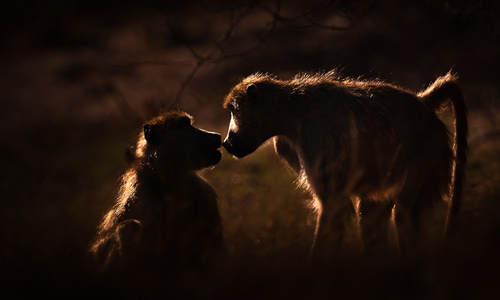
Image: Frits Hoogendijk
Part of being prepared for wild life photography is by knowing everything about your camera. Do this with frequent practice. Also, try to know how to adjust various aspects of it. See to it also that when you go out to take a wild life picture, your camera will not create any noise like for your auto flash. You can try wrapping a cloth around it to minimize noise. Noise will frighten your subject and you won’t get a chance to take a picture once it has left.
7. Look for interesting shots.
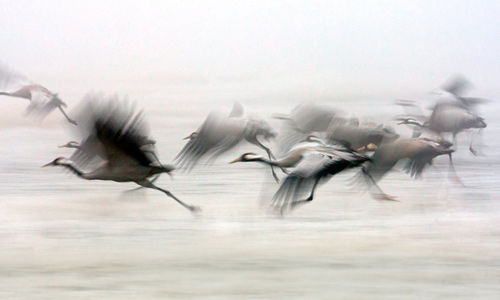
Image: Marco Messa
The wild is a great source of interesting shots. Look for that in your subject. You might capture a unique pose or movement by these animals that can make your image look certainly unique. You can achieve this by taking many pictures while your subject is still there. Play with the shutter and you will surely find a good shot from among those you got.
8. Experiment angles and focus.
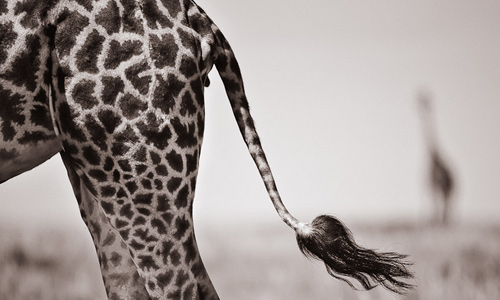
Image: David Lloyd
Trying different angles for your picture can also make your image look a lot different. You can focus on some other areas like the tail, the mouth, the eyes and others. Doing this can give your output a different impact.
9. Try to get close.
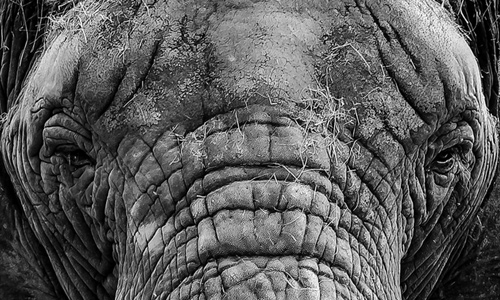
Image: Giovanni Casini
When it is safe, try going closer to your subject. Some animals do not cause harm to people. You can try having a closer shot. But if not, you can always use your lens to do the trick. You can still get a close focus and have the shot you want that can show every detail of your subject.
10. Try hand held shooting.
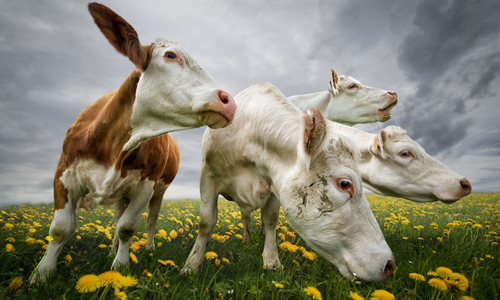
Image: John Wilhelm
You can use a tripod if you want to but it would be a lot better to take the pictures hand held. This is because wildlife animals move in unexpected directions. If your camera is just in your hands, you can easily take a picture without worrying where your subject has gone to. Just be sure not to be shaky to avoid blurry images. You can also experiment with more angles when it is hand held.
It’s Your Turn Now
Like other type of photography, wildlife photography is also challenging and can also be very engaging especially when you get shots that are not just unique but also conveys emotion. But unlike other types, you have to be really careful with your subject. It is important that they are protected and respected while you are taking pictures. Have you tried wildlife photography? Would you like to share some tips to us on how you did it?







Related to tip 9 “Try to get close”; it is often best to take several photos using a long lens before trying to get close. That way, if you spook the animal, all is not lost.
Hi,
A friend of mine came across your site and told me that one of my image was use in your article.
I don’t recall being asked to be able to use it.
I believe these images were taken through the 1X.com
I would appreciated an explanation please.
Thank you,
Lise De Serres